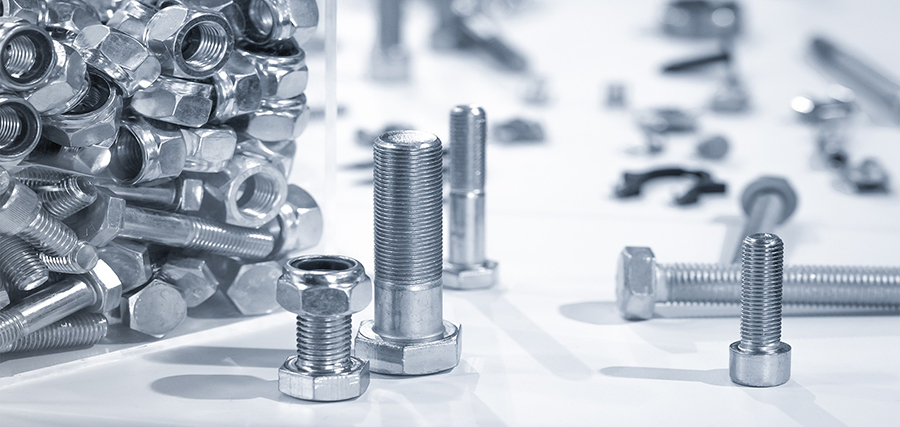
-
 Afrikaans
Afrikaans -
 Albanian
Albanian -
 Amharic
Amharic -
 Arabic
Arabic -
 Armenian
Armenian -
 Azerbaijani
Azerbaijani -
 Basque
Basque -
 Belarusian
Belarusian -
 Bengali
Bengali -
 Bosnian
Bosnian -
 Bulgarian
Bulgarian -
 Catalan
Catalan -
 Cebuano
Cebuano -
 Corsican
Corsican -
 Croatian
Croatian -
 Czech
Czech -
 Danish
Danish -
 Dutch
Dutch -
 English
English -
 Esperanto
Esperanto -
 Estonian
Estonian -
 Finnish
Finnish -
 French
French -
 Frisian
Frisian -
 Galician
Galician -
 Georgian
Georgian -
 German
German -
 Greek
Greek -
 Gujarati
Gujarati -
 Haitian Creole
Haitian Creole -
 hausa
hausa -
 hawaiian
hawaiian -
 Hebrew
Hebrew -
 Hindi
Hindi -
 Miao
Miao -
 Hungarian
Hungarian -
 Icelandic
Icelandic -
 igbo
igbo -
 Indonesian
Indonesian -
 irish
irish -
 Italian
Italian -
 Japanese
Japanese -
 Javanese
Javanese -
 Kannada
Kannada -
 kazakh
kazakh -
 Khmer
Khmer -
 Rwandese
Rwandese -
 Korean
Korean -
 Kurdish
Kurdish -
 Kyrgyz
Kyrgyz -
 Lao
Lao -
 Latin
Latin -
 Latvian
Latvian -
 Lithuanian
Lithuanian -
 Luxembourgish
Luxembourgish -
 Macedonian
Macedonian -
 Malgashi
Malgashi -
 Malay
Malay -
 Malayalam
Malayalam -
 Maltese
Maltese -
 Maori
Maori -
 Marathi
Marathi -
 Mongolian
Mongolian -
 Myanmar
Myanmar -
 Nepali
Nepali -
 Norwegian
Norwegian -
 Norwegian
Norwegian -
 Occitan
Occitan -
 Pashto
Pashto -
 Persian
Persian -
 Polish
Polish -
 Portuguese
Portuguese -
 Punjabi
Punjabi -
 Romanian
Romanian -
 Russian
Russian -
 Samoan
Samoan -
 Scottish Gaelic
Scottish Gaelic -
 Serbian
Serbian -
 Sesotho
Sesotho -
 Shona
Shona -
 Sindhi
Sindhi -
 Sinhala
Sinhala -
 Slovak
Slovak -
 Slovenian
Slovenian -
 Somali
Somali -
 Spanish
Spanish -
 Sundanese
Sundanese -
 Swahili
Swahili -
 Swedish
Swedish -
 Tagalog
Tagalog -
 Tajik
Tajik -
 Tamil
Tamil -
 Tatar
Tatar -
 Telugu
Telugu -
 Thai
Thai -
 Turkish
Turkish -
 Turkmen
Turkmen -
 Ukrainian
Ukrainian -
 Urdu
Urdu -
 Uighur
Uighur -
 Uzbek
Uzbek -
 Vietnamese
Vietnamese -
 Welsh
Welsh -
 Bantu
Bantu -
 Yiddish
Yiddish -
 Yoruba
Yoruba -
 Zulu
Zulu
Flat Die Thread Rolling Machine for Precision Metal Forming and Manufacturing Applications
Thread Rolling Machine with Flat Die An Overview
Thread rolling is a crucial manufacturing process utilized in creating various threaded components used in numerous industries, including automotive, aerospace, and construction. Among the different methods of thread formation, the flat die thread rolling machine has emerged as a popular choice due to its efficiency, precision, and cost-effectiveness.
Understanding the Thread Rolling Process
Thread rolling is a cold-forming process in which a cylindrical workpiece is passed through a set of dies that shape the material into threads without removing any metal. The flat die method specifically employs flat surfaces, which exert pressure at defined angles to deform the workpiece into threads. This process is advantageous compared to traditional cutting methods because it preserves material integrity, enhances mechanical properties, and significantly reduces material waste.
Components of the Flat Die Thread Rolling Machine
A flat die thread rolling machine comprises several critical components. The primary elements include the motor, rolling dies, workpiece holder, and guiding mechanisms. The motor powers the machine, enabling the workpiece to be moved through the dies that shape it into threads. The rolling dies are precision-engineered to create specific thread profiles, ensuring uniformity and accuracy in the final product. The workpiece holder secures the material during the rolling process, preventing slippage and ensuring proper alignment.
Advantages of Flat Die Thread Rolling Machines
1. Enhanced Strength and Durability The cold-forming process employed in thread rolling creates a denser grain structure in the material, leading to enhanced tensile strength and durability. This is particularly beneficial in applications where the threaded components must withstand high stress and load.
thread rolling machine flat die

2. Cost Efficiency Using a flat die rolling machine can be more economical than traditional thread cutting methods. The elimination of machining allowances and shorter cycle times lead to reduced production costs while increasing productivity.
3. Dimensional Accuracy The precision of flat die rolling machines allows for tight tolerances and consistent thread profiles. This accuracy is essential in applications where threads must fit securely and function correctly.
4. Versatility Flat die thread rolling machines can accommodate various materials, including steel, aluminum, and plastic. This versatility makes them suitable for diverse applications across multiple industries.
5. Environmentally Friendly Since thread rolling is a non-cutting process, it generates minimal waste, contributing to more sustainable manufacturing practices. Moreover, the lower energy consumption compared to cutting operations further enhances its eco-friendliness.
Applications in Various Industries
Thread rolling machines using flat dies are widely used in several industries. In the automotive sector, they are essential for producing high-strength bolts and nuts that hold critical components together. Aerospace manufacturers rely on these machines for components that must meet stringent safety standards regarding strength and precision. Additionally, construction industries use rolled threads in fasteners and connectors, ensuring robust assembly and structural integrity.
Conclusion
In summary, the flat die thread rolling machine plays a pivotal role in modern manufacturing, offering a reliable and efficient method for producing high-quality threaded components. Its advantages, including enhanced strength, cost efficiency, and dimensional accuracy, position it as an indispensable tool in various industries. As technology continues to evolve, the thread rolling process is likely to see further innovations, further cementing its importance in the manufacturing landscape. By understanding and implementing flat die thread rolling machines, manufacturers can ensure they stay competitive in a rapidly changing market.
